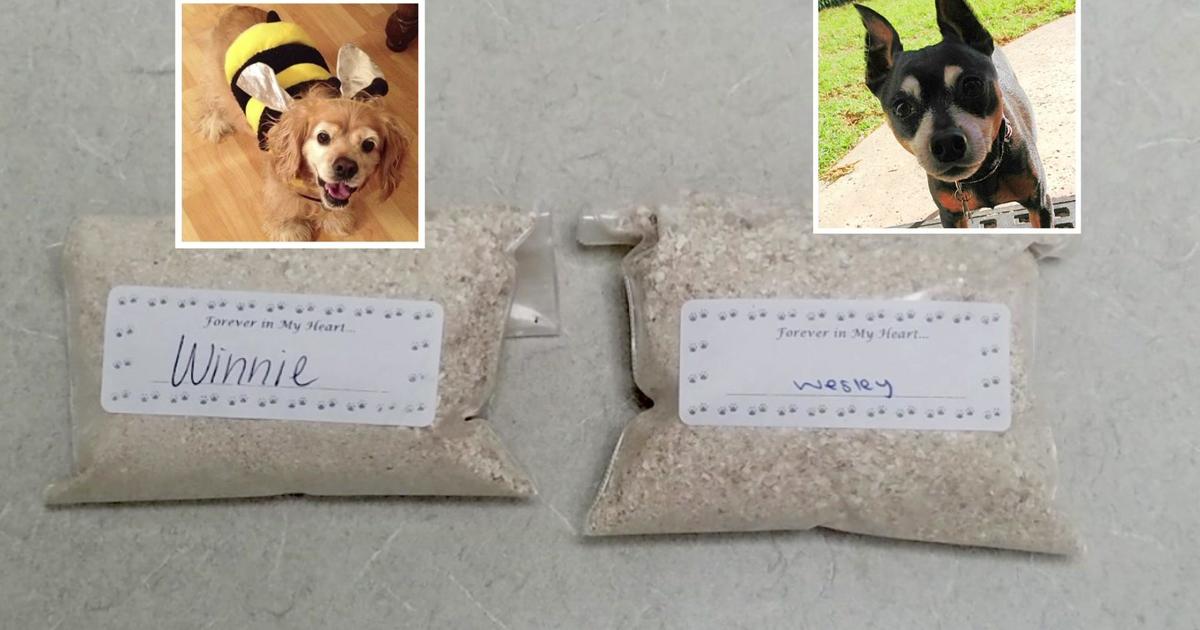Botox Helps Children With Cerebral Palsy Get Back On Their Feet
SACRAMENTO (CBS13) — A treatment commonly used to knock out wrinkles is helping children cope with cerebral palsy, even helping some walk when the disorder attacks their legs.
When you combine botox and computer animation in the same sentence, you might think of a big Hollywood production. You might not guess that the combination of these two are getting children who might never walk back on their feet.
Hearing a neurologist say your child may not be able to walk is frightening. The Johnson's twins Athena and E.J. were just 9 months old when both were diagnosed with cerebral palsy, a condition not uncommon in premature babies.
Born 10 weeks early, Athena had physical challenges showing up in her legs.
Dr. John Davids is a pediatric orthopedic surgeon who treats children with cerebral palsy. He says the earliest treatments include physical therapy, braces and casting the legs.
Then at age 5, doctors turn to a treatment more commonly associated with supermodels instead of cerebral palsy patients—botox.
"It was a little bit weird, you think of Botox as being more cosmetic type of a thing," said Athena's father, George Johnson.
Her parents say the idea of botox to help her walk didn't quite make sense, since it paralyzes the muscles normally, but would relax the muscles on her.
Doctors have used botox injections to help managed muscles in kids with CP since about 1991, because it helps doctors shut off certain activity.
"In children with CP, there is an imbalance between muscle groups and some of the muscle groups are overactive and those are the groups we target with the Botox to tone down or turn down the activity level," Davids said.
Surgeons say botox is a bridge therapy to surgery. But before surgery, it's lights, camera, action, literally. Doctors make videos from every angle and then measure body movements while the child walks. It's high-tech many children have already encountered.
"It's the same technology that's used to make animations in movies and video games things like 'Avatar' and 'Planet of the Apes' and all of those things," Davids said. "They're using the same technologies that we are."
Athena's miracle began in the Shriners gait lab.
"I thought it was pretty fun that they could actually so that here because I thought that was only in Hollywood and stuff," she said.
By studying a child's gait patterns, doctors are able to figure out the best plan for surgery.
"The tracking of the markers with the computer is called kinematics and that's very precise and so through the kinematics we can understand how the child is moving," Davids said.
The doctors determine, with the aid of botox, which muscle groups to target with its temporary paralysis. Then, through surgery, an improved walk pattern is made permanent.
Thanks to botox, computer management, and all the medical advances, as well as the experience of the Shriners medical team, Athena is a very active 12-year-old, Whether it's ziplining with her brother, playing with her dog Zeus, walking, running or riding her bike, she wants to do it all, and now she can.
Cerebral palsy is not a progressive disease, so Athena won't get worse, but as she grows, she will have to get occasional checkups and tweaks from the doctors at Shriners.



